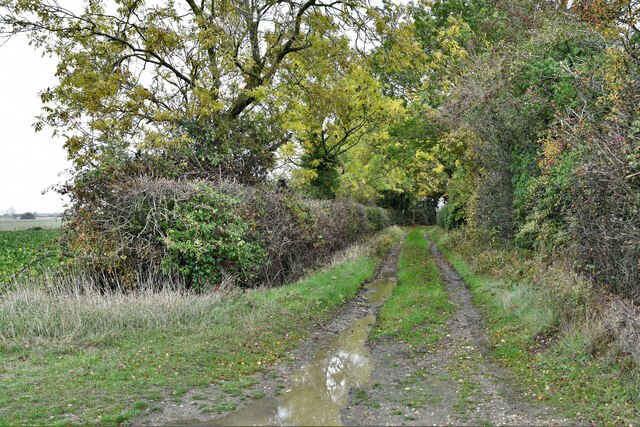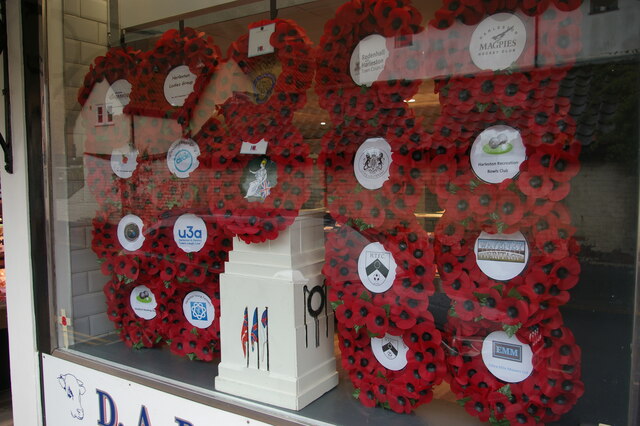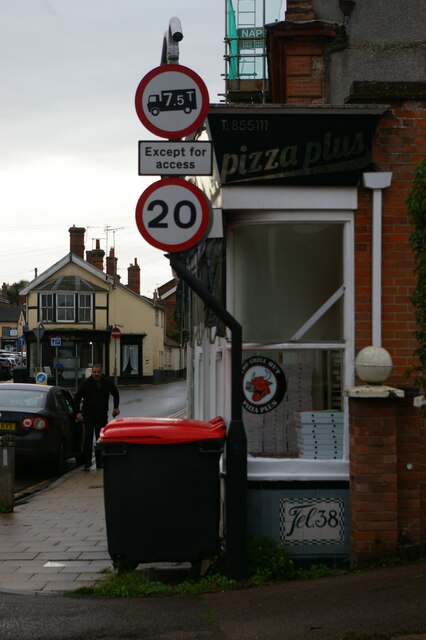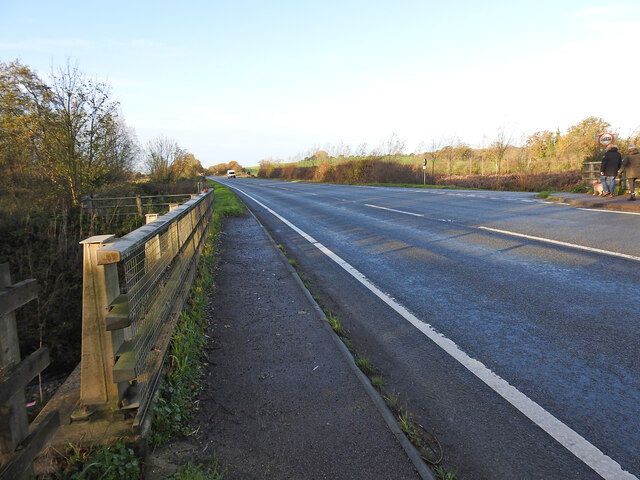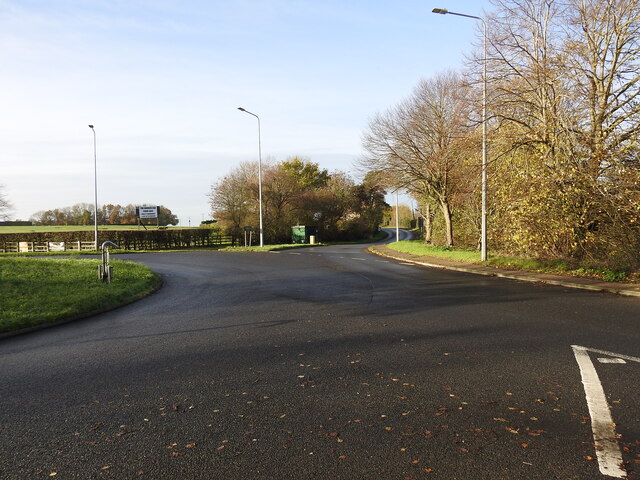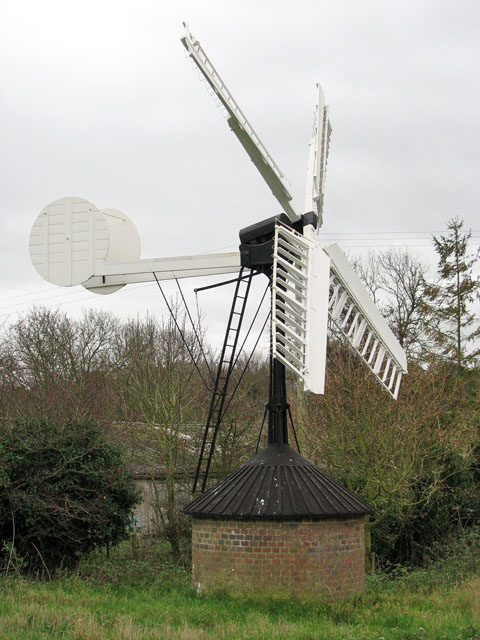Gower's Hill
Hill, Mountain in Norfolk South Norfolk
England
Gower's Hill
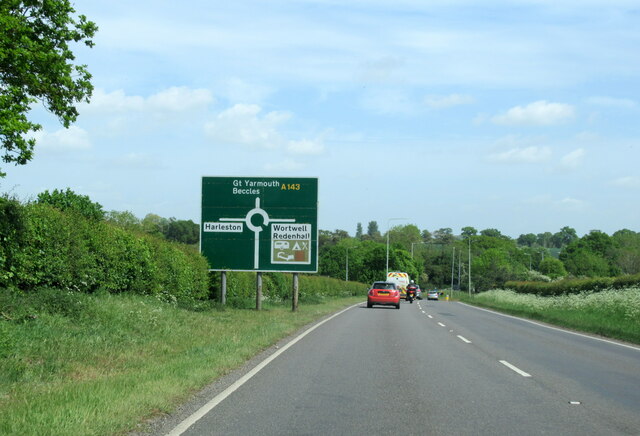
Gower's Hill, located in Norfolk, England, is a prominent geographical feature that is often referred to as a hill. Despite its classification as a hill, it is worth noting that Gower's Hill might not meet the conventional definition of a hill, since its elevation is not particularly significant compared to other hills or mountains. Nevertheless, it remains an important landmark in the region.
Gower's Hill is situated near the village of Gissing in South Norfolk. Rising to an approximate height of 70 meters (230 feet) above sea level, it offers a modest yet picturesque view of the surrounding countryside. The hill is covered in lush green vegetation, featuring a variety of native plant species that add to its natural beauty.
The area around Gower's Hill is renowned for its tranquility and scenic walks, attracting nature enthusiasts and hikers alike. Visitors can enjoy a leisurely stroll along the footpaths that meander through the hill, offering breathtaking vistas of the Norfolk landscape. The hill is also home to numerous wildlife species, including birds, mammals, and insects, making it an ideal spot for birdwatching and wildlife observation.
Gower's Hill holds historical significance as well. It is believed to have been named after the Gower family, who were influential landowners in the area during the 18th and 19th centuries. The hill's rich history and natural charm make it a popular destination for locals and tourists seeking a serene escape from the bustling city life.
If you have any feedback on the listing, please let us know in the comments section below.
Gower's Hill Images
Images are sourced within 2km of 52.417494/1.2992328 or Grid Reference TM2485. Thanks to Geograph Open Source API. All images are credited.
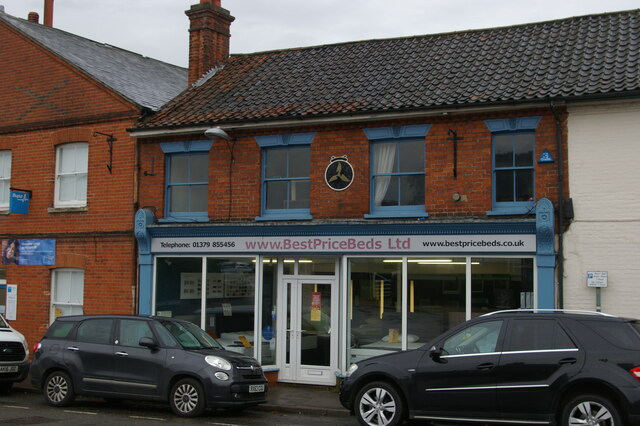
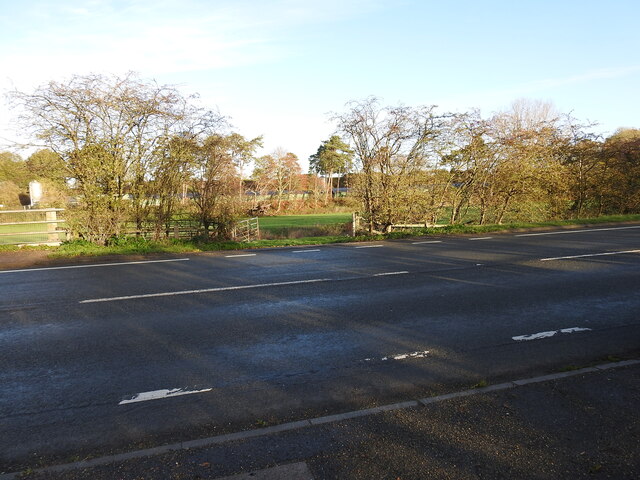
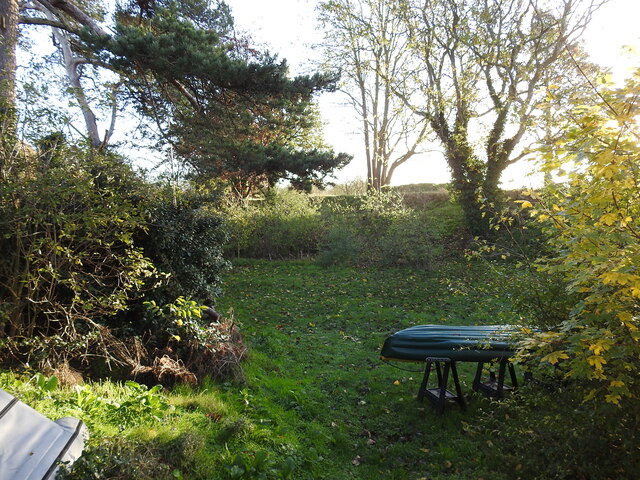
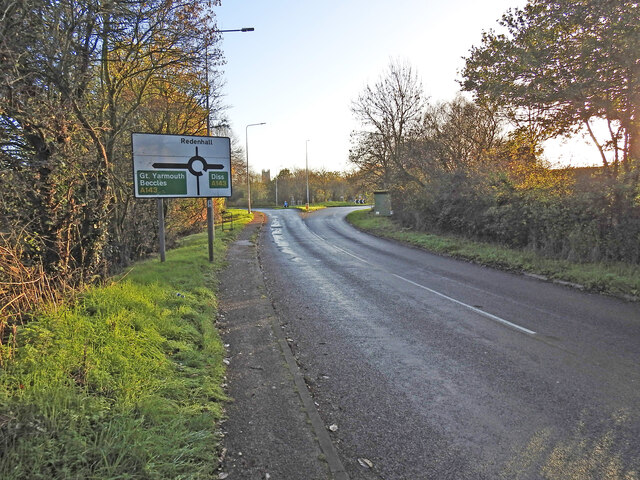
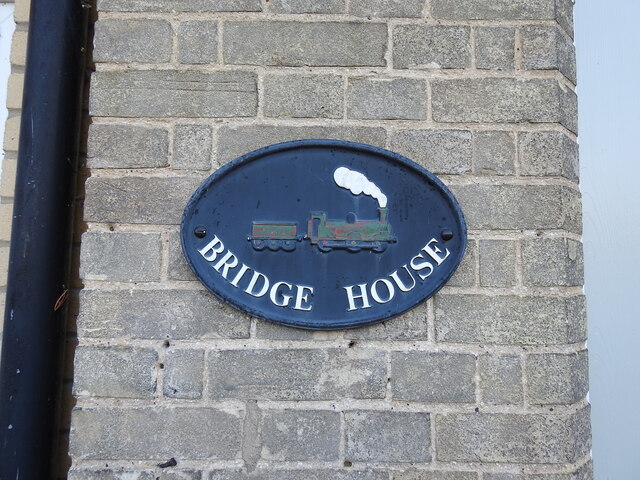
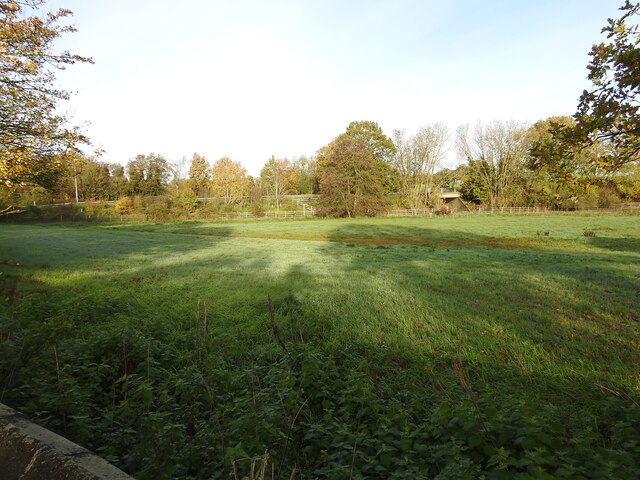
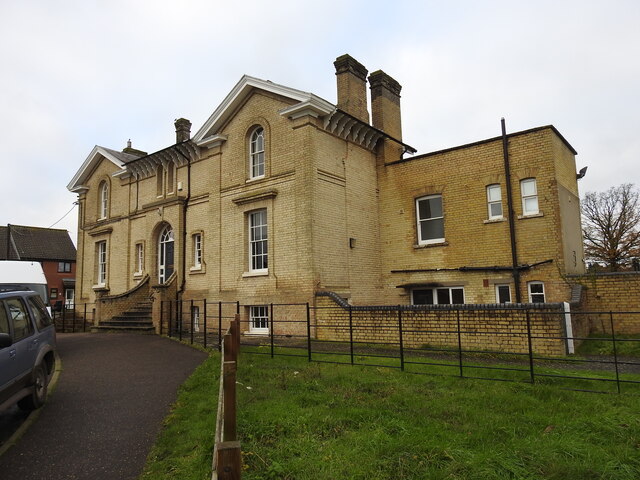
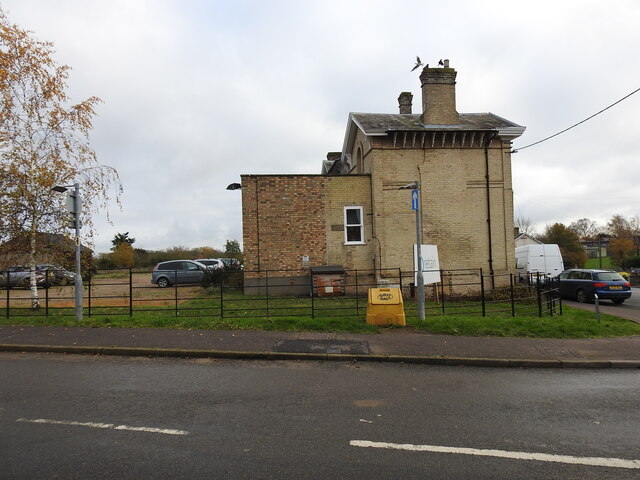
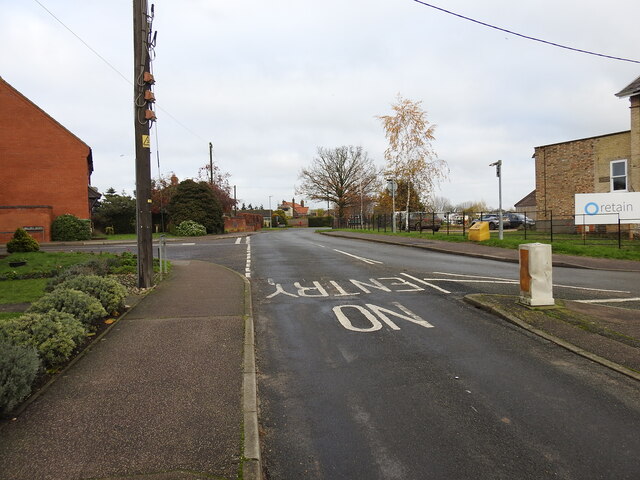
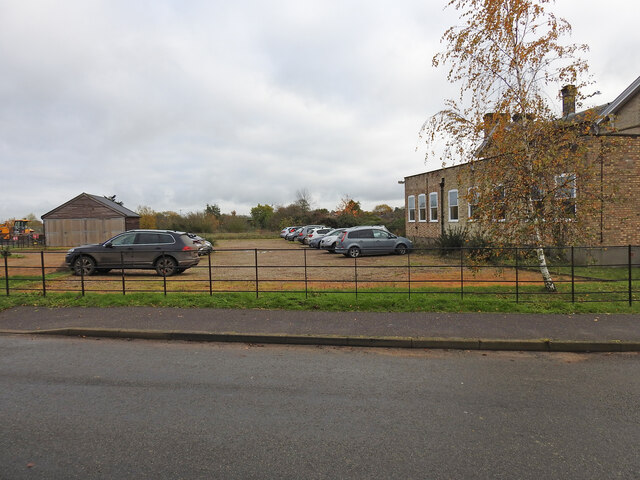
Gower's Hill is located at Grid Ref: TM2485 (Lat: 52.417494, Lng: 1.2992328)
Administrative County: Norfolk
District: South Norfolk
Police Authority: Norfolk
What 3 Words
///coasting.conforms.than. Near Harleston, Norfolk
Nearby Locations
Related Wikis
Gawdyhall Big Wood, Harleston
Gawdyhall Big Wood, Harleston is a 29.8-hectare (74-acre) biological Site of Special Scientific Interest north of Harleston in Norfolk.This ancient wood...
Starston
Starston is a small village and civil parish in Norfolk. It covers an area of 9.02 km2 (3.48 sq mi) and had a population of 321 in 123 households at the...
Harleston railway station
Harleston was a railway station in Harleston, Norfolk, on the Waveney Valley Line. It was an early post-war closure; passenger services on this line were...
Starston Windpump
Starston Wind Pump is a hollow post mill for pumping water, situated west of the village of Starston in Norfolk, England. The Pump is 330 yards away from...
Starston railway station
Starston was a railway station on the Waveney Valley Line in Norfolk, England. It was open for just ten years before low traffic usage caused its closure...
Redenhall railway station
Redenhall was a station in the small hamlet of Redenhall, Norfolk. It was opened in 1861 as part of the Waveney Valley Line between Tivetshall and Beccles...
Harleston, Norfolk
Harleston is a town 16 miles (26 km) from Norwich, in the civil parish of Redenhall with Harleston, in the South Norfolk district, in the county of Norfolk...
Harleston Town F.C.
Harleston Town Football Club is a football club based in Harleston, Norfolk, England. They are currently members of the Eastern Counties League Premier...
Have you been to Gower's Hill?
Leave your review of Gower's Hill below (or comments, questions and feedback).

